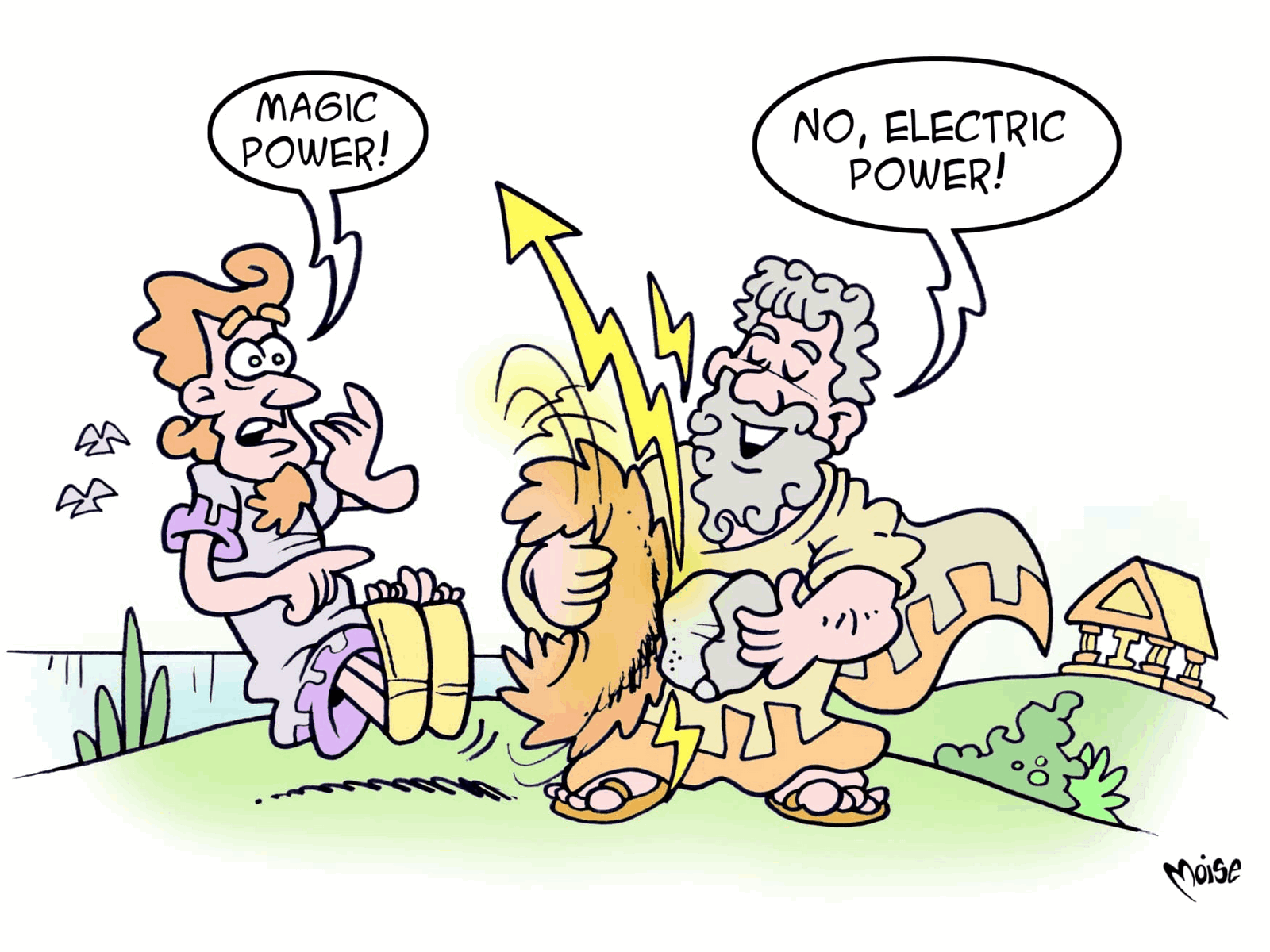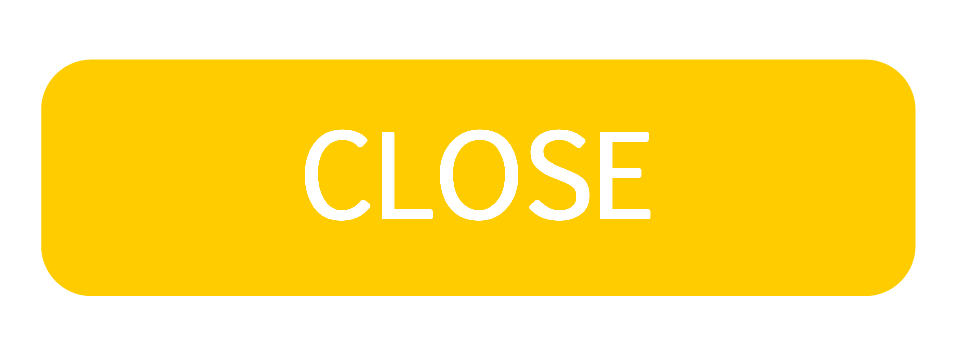
Electricity
 Electricity is produced by the electrical charges of positive protons and negative electrons in atoms. When the charges are the same, they repel each other, while when one is positive and the other negative, they attract each other. Nature is governed by electrical forces which keep matter together. Our heart, our brain and our nervous system all function thanks to the processing of electrical signals.
The word electricity comes from Greek ἤλεκτρον, which means amber: ancient populations noticed that when fur was rubbed against a piece of amber, this material could attract light objects. In fact, the simplest way of “electrifying” an object is to rub it against another: this causes a passage of electrons, which generates static electricity.
But how is the electricity that we use produced?
Electric current is a flow of charges through a closed circuit which can generate magnetic, thermal, luminous, mechanical and chemical effects with applications that are extremely important in everyday life.
A generator inserted into the circuit provides the charges with the necessary energy to move.
This is obtained by making a magnet rotating inside a coil of metallic wiring and producing a magnetic field which “moves” the charges and generates electricity in the coil. The machines that carry out this function are called dynamos if they produce direct current (as in a battery, the flow being constant and one-directional), or alternators if they produce alternating current (as in an electricity grid where the flow changes direction periodically).
For the production of large quantities of electric current, alternators of huge dimensions are actuated by turbines, which function thanks to the action of artificial magnets obtained by making the current pass around iron nuclei.
Electricity is used as a form of energy or as a means of generating and transmitting data. Thanks to its effects, we can obtain heat, light or a mechanical force at any one moment and electrical signals can be used for generating, transmitting, memorising or visualising information. Over time, this has led to a series of innovations: the telegraph, telephone, radio, television, computer, mobile phone, and the Internet…
What else can we expect?
Electricity is produced by the electrical charges of positive protons and negative electrons in atoms. When the charges are the same, they repel each other, while when one is positive and the other negative, they attract each other. Nature is governed by electrical forces which keep matter together. Our heart, our brain and our nervous system all function thanks to the processing of electrical signals.
The word electricity comes from Greek ἤλεκτρον, which means amber: ancient populations noticed that when fur was rubbed against a piece of amber, this material could attract light objects. In fact, the simplest way of “electrifying” an object is to rub it against another: this causes a passage of electrons, which generates static electricity.
But how is the electricity that we use produced?
Electric current is a flow of charges through a closed circuit which can generate magnetic, thermal, luminous, mechanical and chemical effects with applications that are extremely important in everyday life.
A generator inserted into the circuit provides the charges with the necessary energy to move.
This is obtained by making a magnet rotating inside a coil of metallic wiring and producing a magnetic field which “moves” the charges and generates electricity in the coil. The machines that carry out this function are called dynamos if they produce direct current (as in a battery, the flow being constant and one-directional), or alternators if they produce alternating current (as in an electricity grid where the flow changes direction periodically).
For the production of large quantities of electric current, alternators of huge dimensions are actuated by turbines, which function thanks to the action of artificial magnets obtained by making the current pass around iron nuclei.
Electricity is used as a form of energy or as a means of generating and transmitting data. Thanks to its effects, we can obtain heat, light or a mechanical force at any one moment and electrical signals can be used for generating, transmitting, memorising or visualising information. Over time, this has led to a series of innovations: the telegraph, telephone, radio, television, computer, mobile phone, and the Internet…
What else can we expect?




